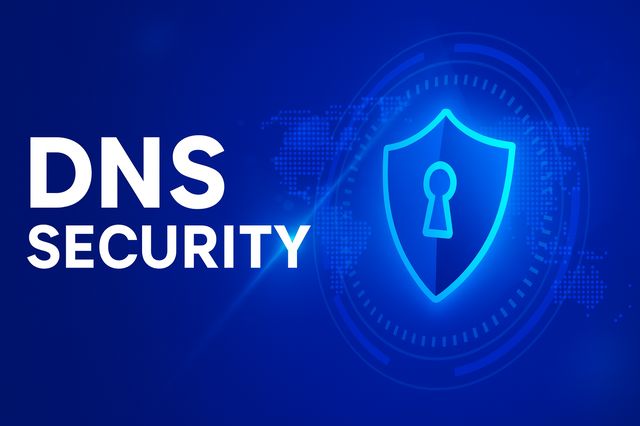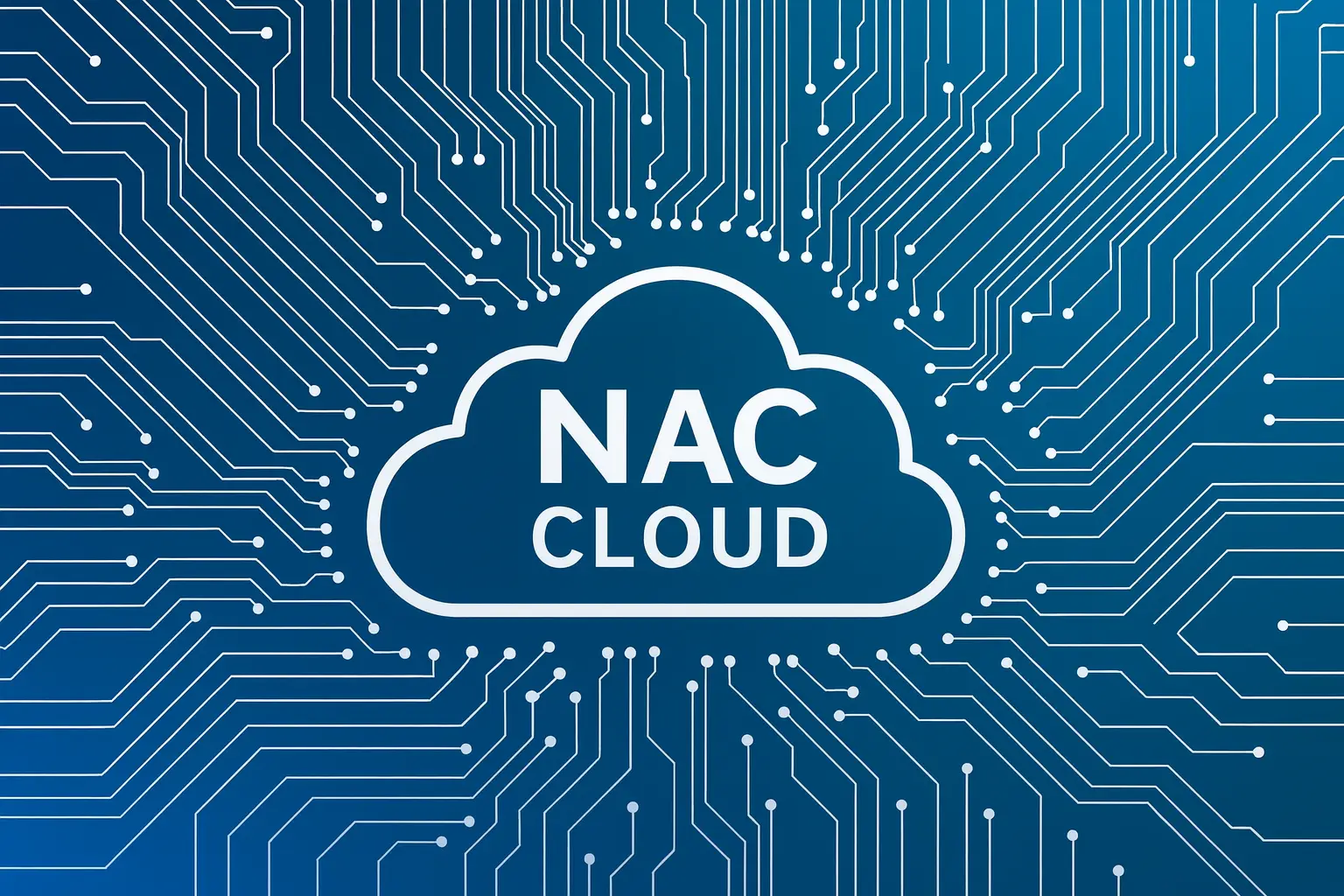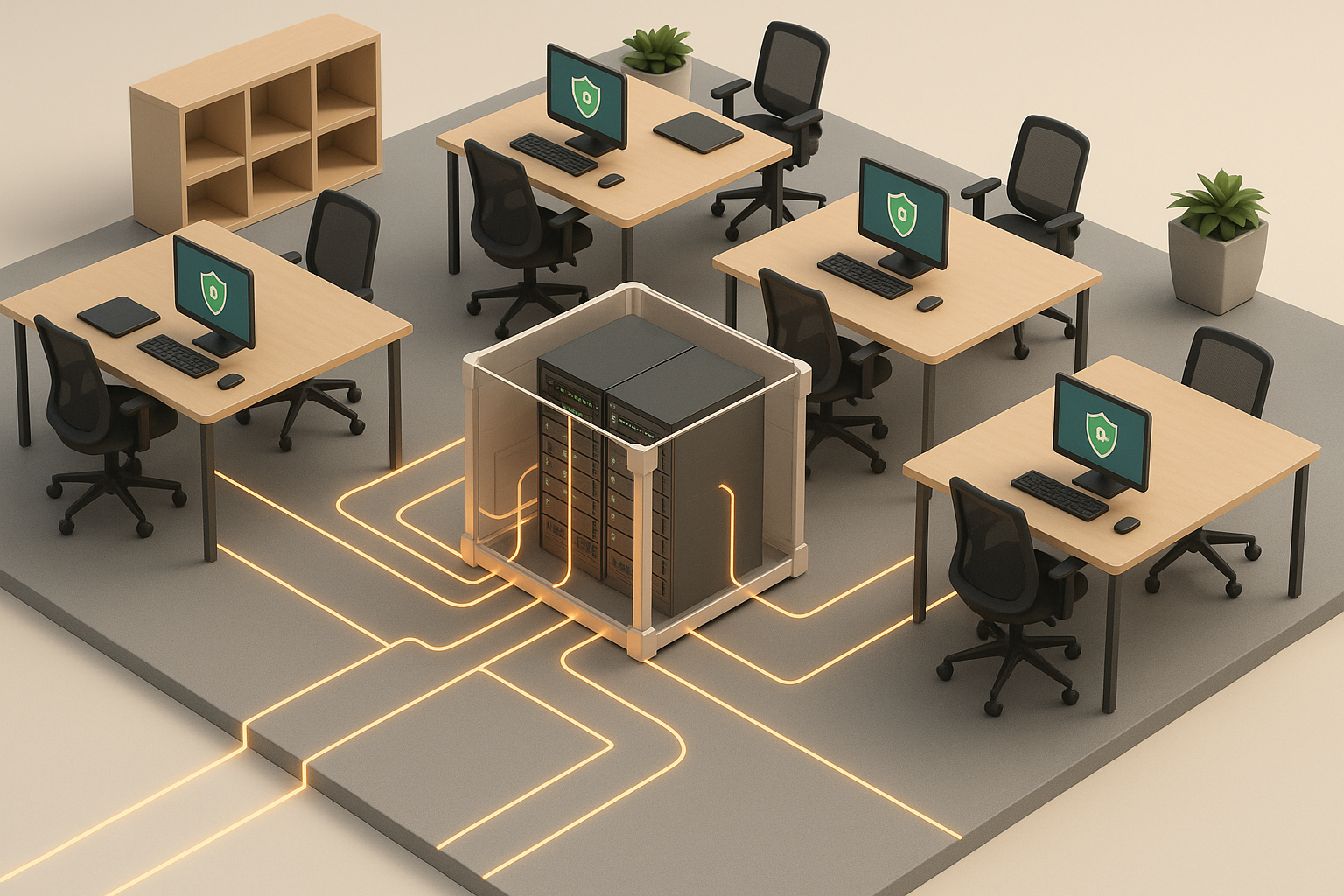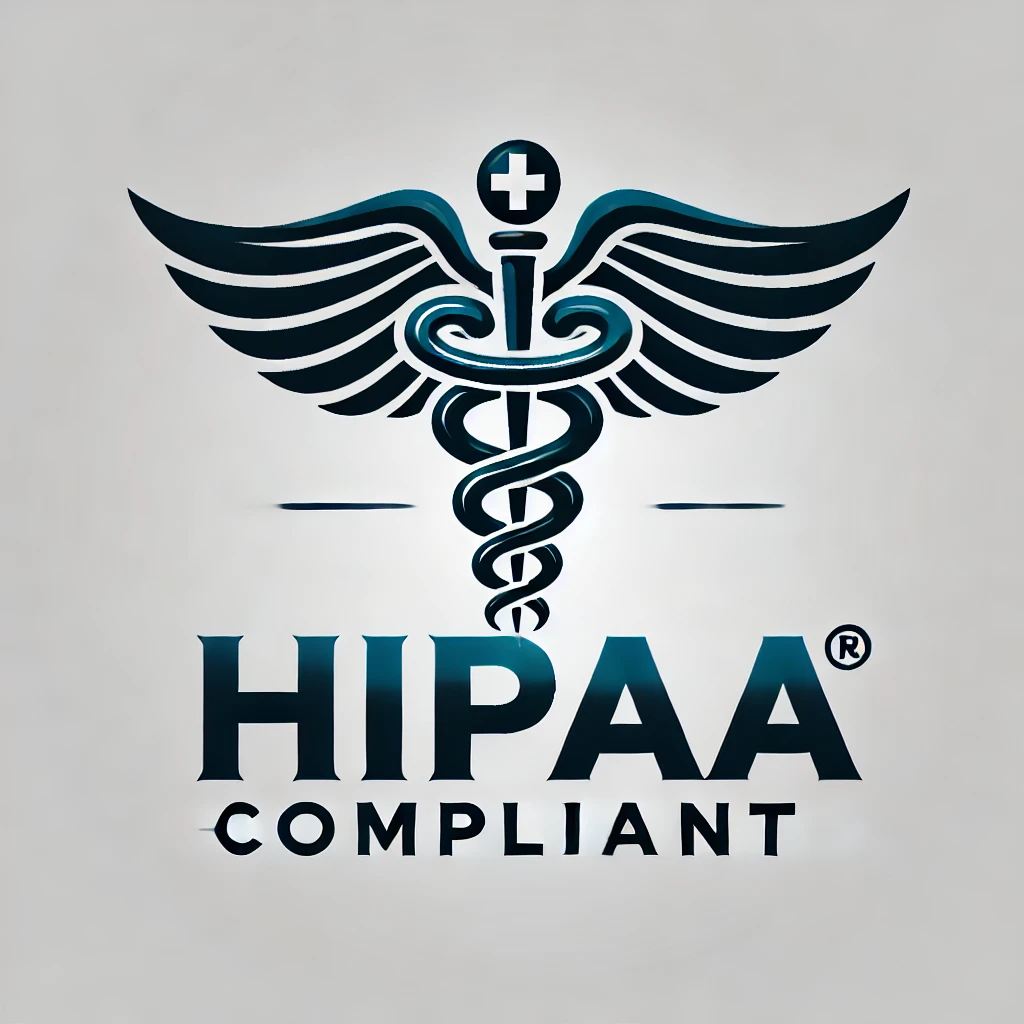DNS spoofing attacks in 2025 exploit weaknesses in the Domain Name System to redirect users to malicious sites without their knowledge.For SMBs, these cache poisoning and rogue DNS tactics can lead to credential theft, ransomware, and data breaches.Defending against them requires DNSSEC, encrypted DNS (DoH/DoT), and continuous DNS monitoring turning basic network hygiene into a cornerstone of modern cybersecurity. What Is DNS Spoofing and Why It Matters in 2025 Every time you type a website address from office.com to your online banking page your device asks a DNS (Domain Name…
Read MoreCategory: Network Security
The Complete SECITHUB Report for Choosing the Right Office Firewall | 2025 SMB Firewall Ranking & Buyer’s Guide
The 2025 SECITHUB Firewall Ranking reveals how small and midsize businesses (SMBs) can select the best firewall for hybrid, cloud, and remote environments.Modern firewalls combine AI-driven threat detection, Zero Trust Network Access (ZTNA), and SASE architecture to protect users and data across all edges.Choosing the right solution Fortinet, Cisco Meraki, Sophos, Palo Alto, or WatchGuard means securing not just your network, but your business continuity in 2025 and beyond. Why SMB Firewall Decisions Matter in 2025 | The Small Business Gateway Is Under Attack In 2025, small and midsize businesses…
Read MoreCloud NAC for SMBs in 2025 | A Zero Trust Strategy to Cut Downtime and IT Costs
Cloud Network Access Control (Cloud NAC) is a cloud-based Zero Trust framework that manages and secures every device connecting to a business network whether wired, wireless, or remote.In 2025, SMBs use Cloud NAC to automate onboarding, verify device compliance, and isolate threats in real time.It reduces IT workload by up to 40%, eliminates unauthorized access, and ensures continuous compliance with regulations such as GDPR, HIPAA, and ISO 27001 all without on-premise servers or complex configuration. The Hidden Cost of Uncontrolled Access In most small and midsize businesses, network access happens…
Read MoreWhy SMBs Must Invest in Quality Infrastructure from Cabling to Firewalls
Infrastructure bottlenecks occur when outdated or mismatched IT components from cabling and switches to firewalls restrict data flow and slow business operations.In 2025, SMBs that invest in structured cabling, gigabit-ready switches, and next-generation firewalls (NGFW) eliminate performance choke points, enhance cybersecurity, and improve operational resilience.Relocation projects are the ideal time to rebuild networks with scalable, high-quality infrastructure that supports hybrid work, cloud integration, and Zero Trust security models. For small and mid-sized businesses (SMBs), technology is more than just a support function it’s the backbone of daily operations. Yet many…
Read MoreThe Fundamentals of Network Segmentation
Network segmentation involves dividing a network into smaller, isolated subnetworks, each with its own security controls and policies. This segmentation can be physical, using hardware devices like routers and firewalls, or logical, using software-defined networking (SDN) techniques. Types of Network Segmentation Physical Segmentation Logical Segmentation Micro-Segmentation Identity-Based Segmentation How to Implement Effective Network Segmentation Define Objectives and Scope Begin by identifying the purpose of segmentation in your network. Common goals include protecting sensitive data, preventing lateral movement of threats, and meeting compliance requirements. Conduct a thorough risk assessment to prioritize…
Read MoreIdentifying and Mitigating Hidden Cyber Threats in Your Network
Recognizing the Presence of Hackers Cyber threats are increasingly sophisticated, and detecting their presence within an organization’s network requires a keen eye for specific signs. Suspicious user account activity, such as failed login attempts, logins from unfamiliar locations, and simultaneous sessions from different devices, could indicate a breach. Unusual network traffic patterns, including unexpected data transfers or abnormal communication with external servers, are also red flags. Performance degradation, such as slow applications and high resource usage, might suggest malware activity. Changes to security settings, such as modified firewall rules or…
Read MoreIvanti Alerts to Critical Zero-Day Vulnerability in Connect Secure Exploited in the Wild
Ivanti has issued an urgent security advisory concerning a critical remote code execution (RCE) vulnerability, identified as CVE-2025-0282, in its Connect Secure product. This zero-day flaw has been actively exploited by threat actors to compromise systems, prompting immediate action from organizations utilizing this technology. Ivanti became aware of the exploitation through its Integrity Checker Tool (ICT), which detected malicious activity on customers’ appliances. Subsequent investigations confirmed that threat actors have been actively leveraging CVE-2025-0282 in zero-day attacks to install malware on vulnerable devices. Notably, the same advanced persistent threat (APT)…
Read MoreHow AI Is Revolutionizing Network Security in the Cloud Era
In today’s rapidly evolving digital landscape, artificial intelligence (AI) is emerging as a game-changer in the field of network security, particularly within the context of cloud computing. The increasing reliance on cloud infrastructure has expanded the attack surface for cybercriminals, making it more challenging than ever to safeguard sensitive data and maintain system integrity. AI is stepping in to address these challenges with innovative solutions that are transforming how organizations approach cybersecurity. One of the most impactful contributions of AI to network security is its ability to identify and neutralize…
Read MoreUnlocking the Essentials of HIPAA Compliance
The first step toward achieving HIPAA compliance is understanding the specific requirements of the regulation. HIPAA applies to covered entities, which include healthcare providers, health plans, and healthcare clearinghouses. Pharmaceutical companies that interact with any of these entities, such as those conducting clinical trials or providing services to healthcare providers, must comply with HIPAA. The regulation is extensive, but pharmaceutical companies primarily need to focus on the following: 2. Conduct a HIPAA Risk Assessment A key component of HIPAA compliance is performing a risk assessment to identify potential vulnerabilities and…
Read More







